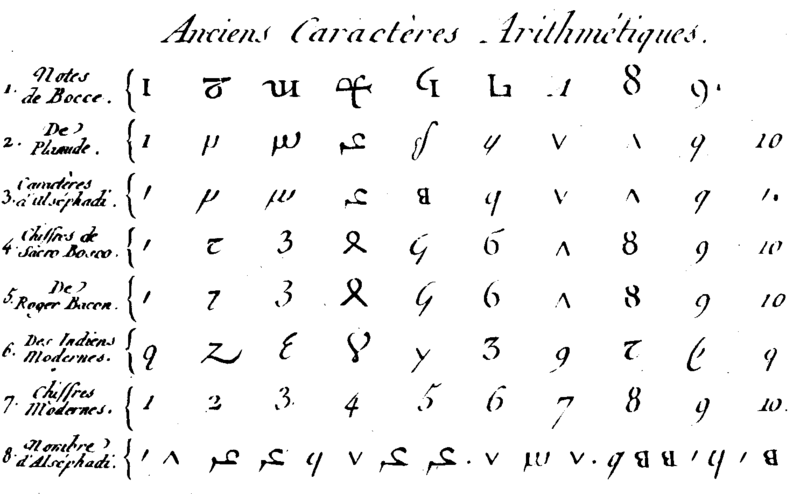The digit "1" probably has the most constant way of writing throughout the centuries - It has always been a more or less vertical line, maybe somewhat bent, maybe with a bit of decoration on the top, but never, to my knowledge with some rounded squiggle at the bottom.
Nearly all other digits had some sort of (some even extreme) variation over time, the "1" was pretty constant. No, there is no such thing as a "German '1'", at least not to my knowledge.
What happens a lot with medieval year number inscriptions (but, ~1500-1600) is that the "1" is simply omitted - 1729 would look like 729, apparently people left it out "because it was so obvious". What you interpret as a "1" could simply be something entirely different. Considering the habit of bordering the year number with the initials of builder or owner and the fact that the "H" obviously is a later addition, it could simply be the first initial of a name.
In my opinion, it is way more probably that the squiggle at the letter you assume to be a "1 would mean something entirely different, be a later addition, or (unlikely) a mishap of a drunk or dyslexic mason. (Realize that a round form like that is much harder to form in stone with a chisel that a straight "1")





torðused for Tausend. Never seen that anywhere in germany. My research came up quite fruitless so far, sorry.